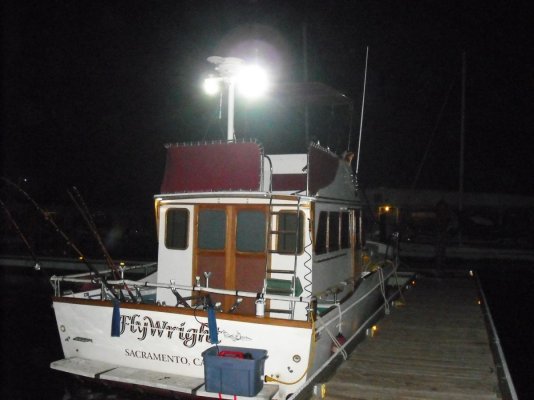psneeld
Guru
One of the options of the Honda generators, as I understand it, is that you can run two (or more) in parallel so as to have more output power available. While one might be a bit iffy to run my A/C, two should do it. Has anyone done this? If so, how well does it seem to work?
People I know of and many have written that it works very well for what it's supposed to do...I think some have even paralleled a 1000 with a 2000 because they already had one or the other.
People have also developed their own parallel cords because Honda OEM one seem to be or were pretty pricey.
Can't say it will work with your A/C but the method seems to work great up to the "continuous limit" of the added combo...which is less than the magic number written on the side. (2000 is only 1600 continuous and 1000 is only 900).
If your A/C is near even continuous rating and a hard starting compressor ...the momentary ability to overcome it may not be enough. Unfortunately what may work for one may not work for another demand.
Last edited:



 :lol: I had offered photos when available.
:lol: I had offered photos when available.
